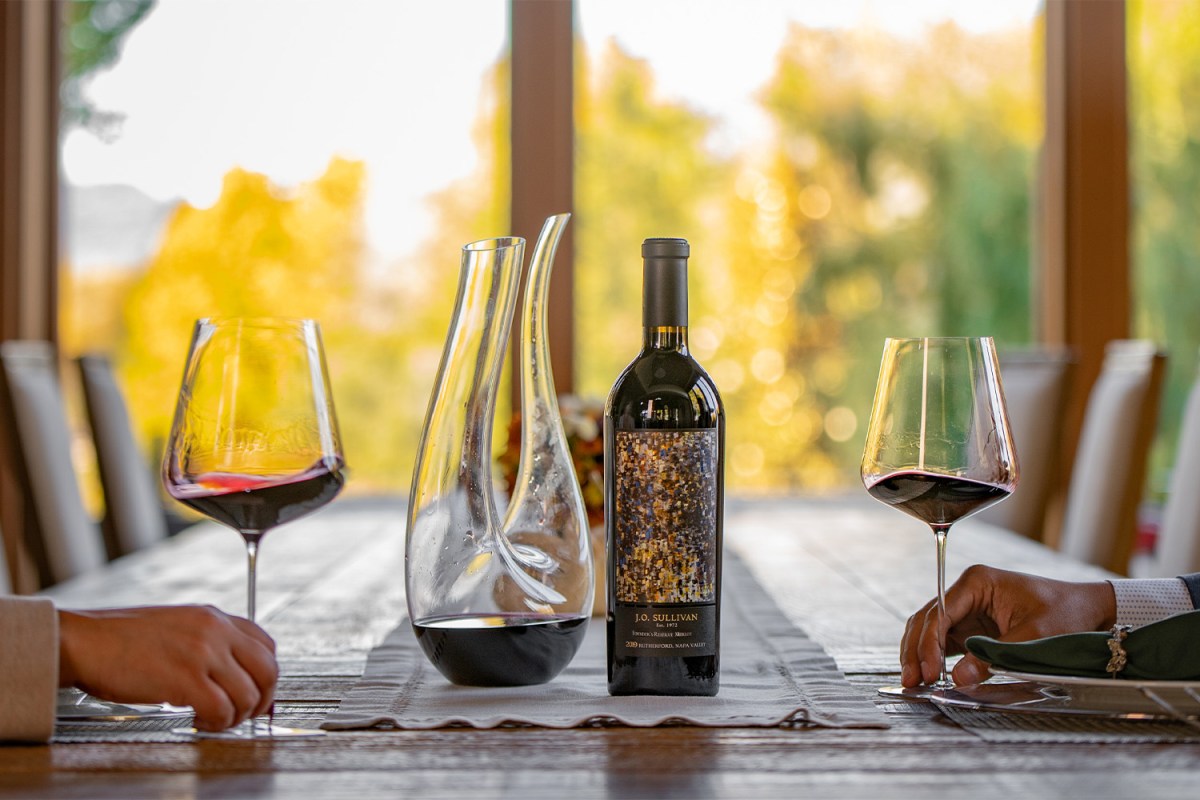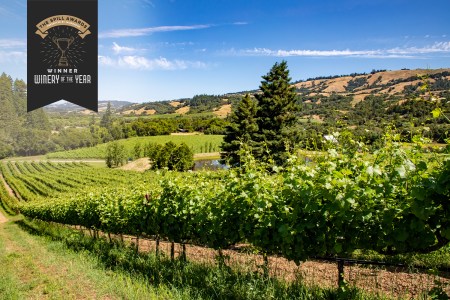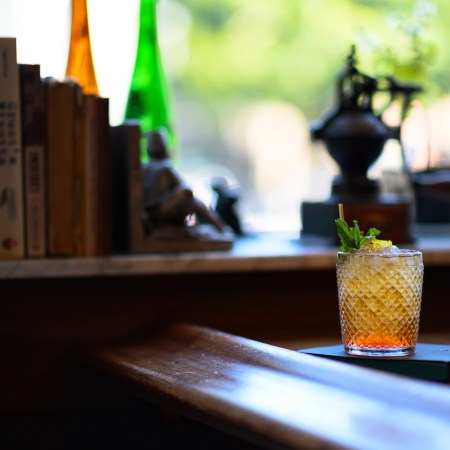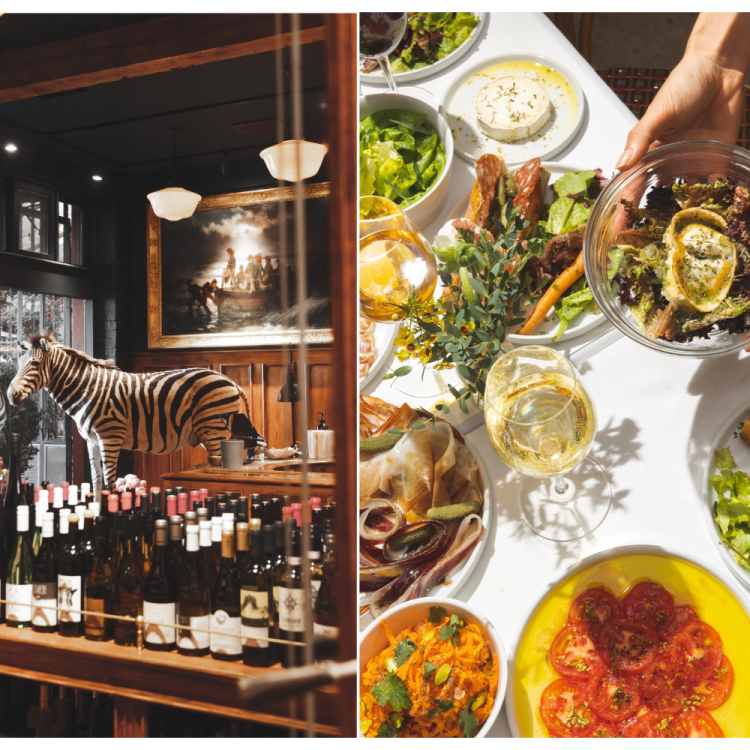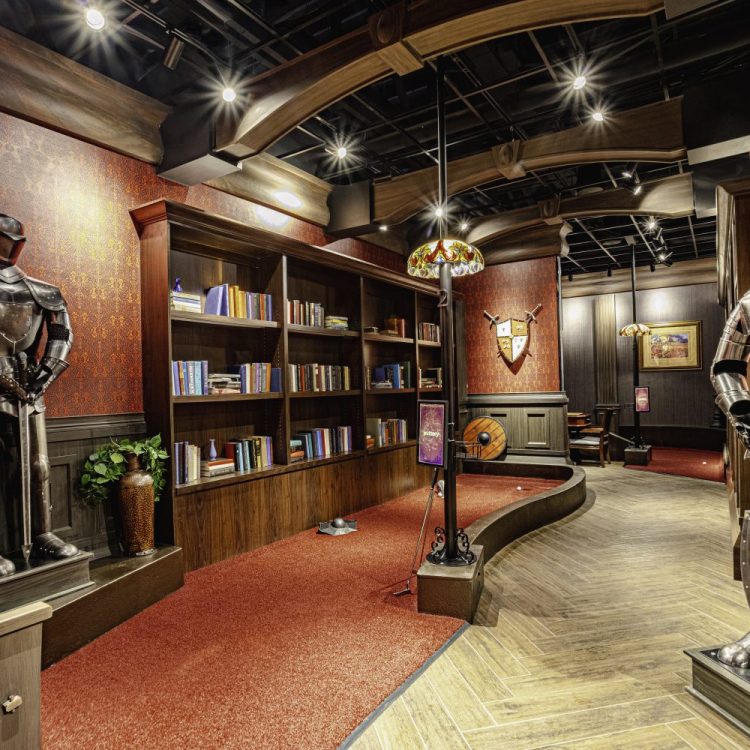On a recent trip to Napa, I found myself at a tasting at the Sullivan Rutherford Estate, a property so beautiful that half my group immediately began to daydream about planning a wedding there. Located right in the heart of Napa Valley, Sullivan Rutherford has stood since 1972 — four years before the infamous Judgment of Paris cemented the reputation of its original owner, James O’Neil Sullivan. The family home that Sullivan commissioned still stands as well, a lofty bit of architectural designed by John Marsh Davis, a devoted acolyte of the Frank Lloyd Wright style.
Done in the classic California Arts & Crafts style, the house and winery are set off a pond with acres of mature vines surrounding them. The aesthetically appealing vines were planted with great care, originally under the advice of the legendary winemaker himself, André Tchelistcheff, who was a close friend of Sullivan. Tchelistcheff suggested Sullivan plant his gravelly-sandy loam with cabernet sauvignon and merlot, a focus the property has kept even today.
Usually, I fall right in line with my spirit animal, Paul Giamatti as Miles in Sideways: “I’m not drinking any fucking merlot!” Given the beautiful surroundings, and the winemaker himself seated to my right, I took a few sips from the glass offered and was immediately floored. I loved it! I loved a merlot. I’ve been drinking wine for 15 years, and this has never happened before.
“When people try our merlot, it’s a revelation,” says Jeff Cole, who has been the head winemaker at Sullivan Rutherford for the last decade. “They say, ‘This is not what I know of merlot.’ Obviously, Sideways, about 20 years ago, gave merlot a bad rap. That’s unfortunate because in that movie, it wasn’t about merlot [that upset Miles] — it was his thoughts of his ex-wife. But I think we’re starting to get to the point that people are taking merlot more seriously, from a production standpoint. I think there’s this little renaissance that’s brewing, and we’re definitely at the forefront of that.”
Most producers in Napa plant their best land with cabernet sauvignon. At Sullivan Rutherford, though, the winemaking team has flipped that script and instead took a chance on planting their most promising patches with merlot alongside the typical cab. “We’re trying to shed 20 to 30 years of merlot taking a backseat to cabernet sauvignon, and it’s tough for people to switch that mindset,” Cole says. “Recently, we did a re-plant on the Rutherford estate, we took out all the cabernet and we went back with half cabernet, half merlot.”
The Cult Napa Winery We Can’t Get Out of Our Head
In a quiet, forested pocket of the Napa Valley, Schramsberg makes Champagne-style wines that wowed us in 2023Cole explains that from a business perspective, the move is a little risky; on the open market, cabernet grapes go for “three or four times as much as merlot grapes.” So technically, this would devalue the land if they were to sell it. But since new owners took over stewardship of Sullivan Rutherford in 2018, there are zero plans at the moment to sell. Plus, just like anything, Cole notes that giving time, attention and care to merlot vines is what will help them produce the kind of wine from this varietal that can change people’s minds.
“In reality, in order to make world-class merlot, it needs the best soil and the best attention,” he says. “Since we’ve got that in the Rutherford Estate in droves, it just makes sense for us to plant merlot here. Eventually, we’ll get to the point where we’re synonymous with some of the best merlot in Napa Valley and in the world.”
That might sound like a lofty goal, but the estate’s new managing partner, Juan Pablo Torres Padilla, is intent on building on the existing legacy, not replacing it. Part of his vision, and Cole’s, is differentiating Sullivan Rutherford from the rest of Napa. This new phase includes plans for a state-of-the-art winery and hospitality center, designed by San Francisco-based architects Hans Baldauf and Orla Huq. They’re also looking to acquire more land throughout the valley.
As a Napa Valley native — born and raised in Yountville — Cole didn’t come from a winemaking family. Instead, he’s the rare local who studied at a wine and viticulture program at Cal Poly in San Luis Obispo. Starting off at Schramsberg Vineyards in Calistoga around 2006, he spent seven years there before jumping to Sullivan Rutherford, where he initially studied under Scott Macleod before becoming head winemaker nine years ago, a role he’s been in ever since. That means Cole has been making merlot for close to a decade now, so he’s more than an expert on the subject. And as much as he loves a good glass of pinot or an ubiquitous full-bodied cab, it’s merlot that he’s personally drawn to at this point.
“Merlot is the best of both worlds, if done properly,” he says. “You can get structure, you can get density, you can get richness and sweetness that you’d get in other wines, specifically cabernet. But you also get this freshness, this elegance, this complexity that you can’t find, necessarily, in most cabernet sauvignon. It’s a wine that literally hits all notes — if you’re a wine lover, there’s something in it for you. When I realized I could make big, structured, serious merlot that still had elegance, polish, freshness and vibrancy, that’s what kept me going.”
Some options for buying a bottle of Sullivan Rutherford Merlot range from the pricey aged bottles of the elite Founder’s Reserve to the more accessible Napa Valley Estate. For the avid collector, there are also large-format options. The best way to taste this merlot, though, is sip by sip while staring out at the magnificent grounds that produced the grapes in your glass. In a perfect world, Cole will be nearby, ready to explain the minutiae you might have missed. His passion for what goes into your goblet just might be strong enough to change your mind on an opinion you’ve held for 15 years.
Join America's Fastest Growing Spirits Newsletter THE SPILL. Unlock all the reviews, recipes and revelry — and get 15% off award-winning La Tierra de Acre Mezcal.
